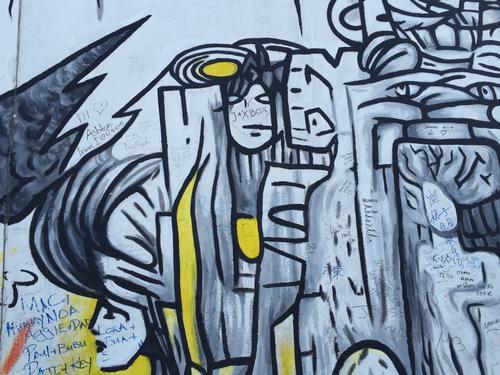
Interior image from "How I Discovered Poetry" (Nelson) Dial © Hadley Hooper One of the most profound moments occurs at the end of the book, when young Marilyn feels a calling as a poet. I believe all of my classmates saw that teacher humiliate me in a really cruel way-publicly humiliate me for no reason other than racism. That's why all of us were silent after that. The power of the word is creative but it also can be really destructive. What the poem is trying to express is that first awareness of the power of the word. When I decided to start working on this book, it seemed like that was a central experience. I wrote that poem, "How I Discovered Poetry," years ago. Purdy, pressures you to read a poem to your classmates, a poem that contains racist phrases and stereotypes you describe the silent walk to the bus with your white classmates that followed.

Tell us about the experience, reading that poem in class, which you capture in "How I Discovered Poetry." Another teacher, Mrs. She said the iambic foot, which is duh-DUM, is to walk. I remember learning the different metrical feet in her class. Gray, my sixth grade teacher, told us about poetic form, a bit.

She also introduced me to African American poetry. Miss Jackson noticed I was practicing piano on my desk, and she had me placed in a music class. I was in Miss Jackson's homeroom and her English class for about half of a semester. You mention teachers who encouraged you, two in particular: Miss Jackson and Mrs. A hydrogen bomb becomes " hide drajen bomb." Yes, for that poem I was trying to spell it the way a child would. Interior image from "How I Discovered Poetry" (Nelson) Dial, © Hadley Hooper Your poems include references to historic events-for instance, a hydrogen bomb-in a way that a child might describe them, or understand them. I address the same sort of ‘gaps’ in these poems. She told me that each of stories a gap in a child's understanding of the world around her. She published a memoir of her girlhood in the 1930s, when Denmark was occupied by the Nazis. I have a friend, Inge Pedersen, who's a poet and novelist in Denmark. In your author's note, you write that "each of the poems is built around a 'hole' in the “Speaker's” understanding." Yes. The verses, unrhymed sonnets, follow “the speaker” as her military family moves around the United States, and describe the girl’s growing self-awareness, and her awakening as a poet.

The 50 poems in How I Discovered Poetry (Dial, 2014 Gr 6 Up) trace Nelson’s life from age 4 to 14, from 1950 to 1959. She sent some poems to her editor, and to a longtime mentor, whose advice launched Nelson on a journey to re-examine the decade through the lens of her childhood. Marilyn Nelson, the acclaimed author of many poetry titles and winner of prestigious awards, wanted to write book on the 1950s.

Listen to Marilyn Nelson reveal the story behind How I Discovered Poetry, courtesy of.


 0 kommentar(er)
0 kommentar(er)
